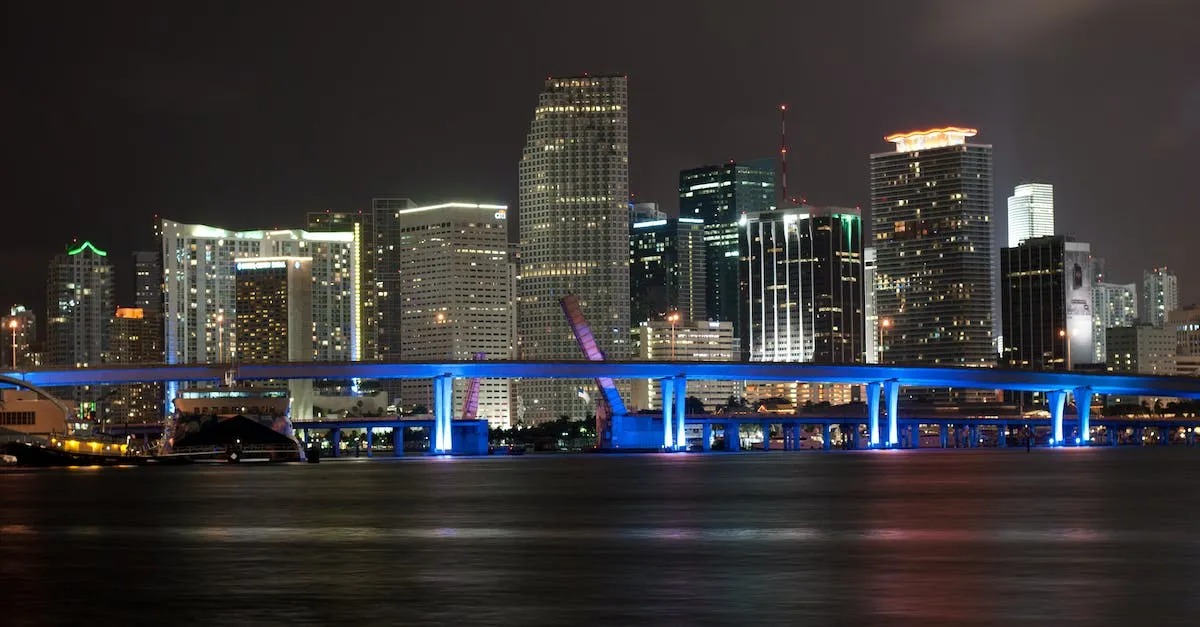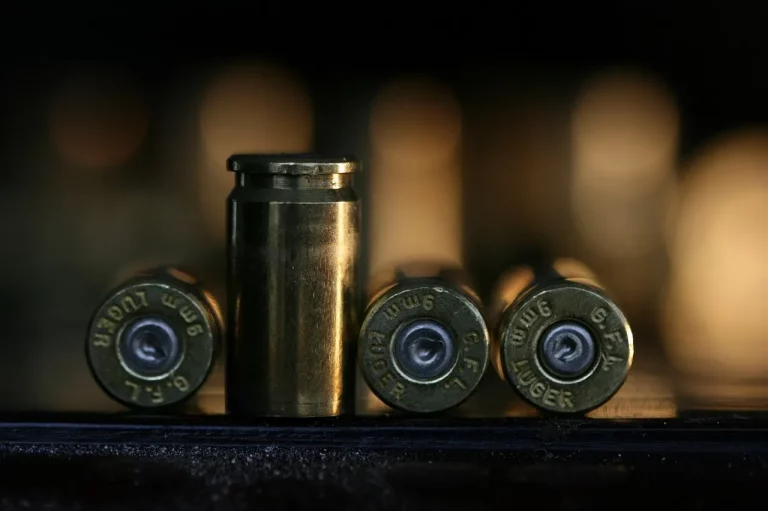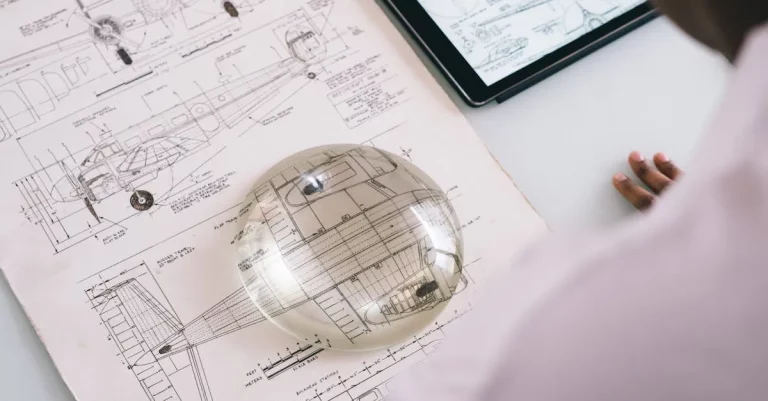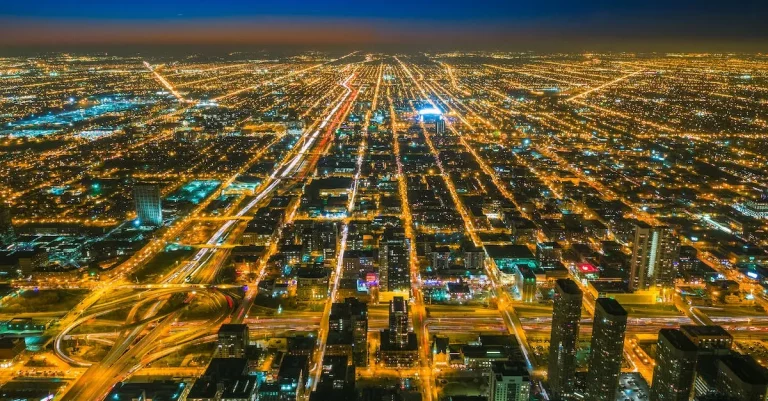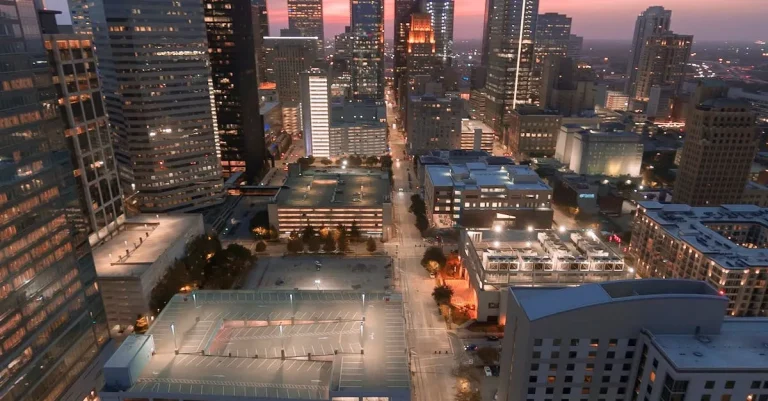Vice City Vs Miami: Exploring The Real-Life Inspirations Behind The Fictional City
As one of the most iconic settings in video game history, Grand Theft Auto: Vice City brings the sights and sounds of 1980s Miami to life in stunning detail. From neon-lit Ocean Drive to its infamous drug trade, Vice City emulates the real Miami in countless ways. But how closely does the fictional Vice City really match up to its real-life counterpart?
If you’re short on time, here’s a quick answer: While Vice City takes clear inspiration from Miami in the 1980s, the two cities have many differences in layout, landmarks, culture and history. Vice City compresses Miami’s sprawl into a smaller area and takes artistic license with recreations of specific landmarks and neighborhoods.
In this deep dive, we’ll compare the magic of Vice City against the real-life Miami it’s based on. We’ll look at similarities and differences in visuals, architecture, neighborhoods, crime and more. Whether you’re a gaming fan or just love Miami, you’ll learn the true story behind one of gaming’s most beloved cities.
The Look and Feel of Vice City vs. Miami
When it comes to the fictional city of Vice City in the popular video game series Grand Theft Auto, it’s hard not to draw comparisons to its real-life counterpart, Miami. The developers of the game were clearly inspired by the vibrant culture, stunning architecture, and picturesque landscapes of Miami.
Let’s dive into the look and feel of Vice City and how it compares to the real Miami.
Art Deco Architecture
One of the most striking similarities between Vice City and Miami is the prevalence of Art Deco architecture. Both cities boast a plethora of buildings that feature the distinct geometric shapes, bold colors, and intricate details that define the Art Deco style.
From the iconic Colony Hotel on Ocean Drive to the fictional Ocean Beach Hotel in Vice City, the influence of Miami’s architectural heritage is evident in every corner of the virtual city.
In fact, Miami’s historic Art Deco District, located in the South Beach neighborhood, served as a direct inspiration for the developers of Vice City. The district is home to over 800 preserved Art Deco buildings, making it the perfect backdrop for the game’s immersive world.
Beaches and Waterfronts
Miami is renowned for its stunning beaches and breathtaking waterfront views, and Vice City does not fall short in capturing that essence. In the game, players can explore sandy shores, take a dip in the crystal-clear waters, and soak up the virtual sun.
From the bustling Vice Beach to the tranquil Starfish Island, the developers have recreated Miami’s coastal beauty with impressive attention to detail.
Miami Beach, with its iconic palm trees, vibrant nightlife, and world-famous Art Deco hotels, has undoubtedly influenced the creation of Vice City’s beachfront areas. The game brilliantly captures the energy and allure of Miami’s coastal lifestyle, allowing players to experience a taste of the city’s beach culture from the comfort of their own homes.
Famous Neighborhoods and Landmarks
Another aspect that adds to the authenticity of Vice City is its incorporation of famous Miami neighborhoods and landmarks. From the bustling streets of Little Havana to the glamorous high-rises of Downtown, players can explore a virtual version of Miami’s diverse neighborhoods within the game.
Furthermore, Vice City features recognizable landmarks such as the fictional counterpart of Miami’s Versace Mansion and the iconic Freedom Tower. These landmarks, along with many others, contribute to the immersive experience and make players feel like they are truly exploring the streets of Miami.
The Criminal Underworld
One of the defining aspects of both Vice City and Miami is the presence of a thriving criminal underworld. Drawing inspiration from the real-life city, the game developers created a fictional world filled with drug trade, gangs, and police corruption.
The Drug Trade in the 1980s
During the 1980s, Miami became notorious for its involvement in the drug trade. The city served as a major hub for the distribution of illegal drugs, particularly cocaine. The influx of drugs led to an increase in violence and crime rates, creating the perfect backdrop for the fictional Vice City.
In the game, players navigate through a world dominated by drug cartels and engage in various criminal activities tied to the drug trade.
Gangs and Organized Crime
Gangs and organized crime syndicates play a significant role in both Vice City and Miami. In real life, Miami has had its fair share of notorious gangs, such as the Cocaine Cowboys and the Miami Boys. These criminal organizations were involved in drug trafficking, money laundering, and other illicit activities.
Similarly, Vice City features a range of fictional gangs, each with their own territories and operations. The game allows players to interact with these gangs, either as allies or adversaries, further immersing them in the criminal underworld.
Police Corruption
Another aspect of the criminal underworld depicted in Vice City and mirrored in Miami is police corruption. In both the game and reality, the line between law enforcement and criminal activity becomes blurred.
The game portrays a city where some police officers are on the payroll of the gangs, allowing criminal activities to flourish. This element adds a layer of complexity and realism to the game, as players must navigate a world where trust is difficult to come by.
The Music and Culture Scene
One of the most vibrant aspects of both Vice City and Miami is their music and culture scene. Inspired by the real-life city, the developers of Vice City wanted to capture the essence of Miami’s unique blend of cultures and music styles.
From Latin beats to hip-hop and electronic music, both Vice City and Miami offer a rich and diverse musical landscape.
The Miami Sound
Miami is known for its distinct music style, often referred to as the “Miami Sound.” This genre emerged in the 1970s and combines elements of disco, funk, and Latin rhythms. Artists such as Gloria Estefan, Pitbull, and the late Celia Cruz have contributed to the popularity of the Miami Sound, which can be heard throughout Vice City’s radio stations.
The game’s soundtrack features a mix of iconic tracks from the era, creating a nostalgic and immersive experience for players.
Nightlife
Both Vice City and Miami are renowned for their vibrant nightlife scenes. In Vice City, players can explore a range of nightclubs, each with its own unique atmosphere and music. From pulsating dance floors to laid-back lounges, the game captures the energy and excitement of Miami’s nightlife.
The real-life city offers a similar experience, with world-famous clubs like LIV and Story attracting top DJs and celebrities from around the world. Whether you’re playing Vice City or visiting Miami, the nightlife scene is sure to leave you with unforgettable memories.
Arts and Entertainment
Art and entertainment play a significant role in both Vice City and Miami. In Vice City, players can visit art galleries, attend live performances, and even take part in film auditions. These elements reflect Miami’s thriving arts scene, with renowned institutions like the Pérez Art Museum and the Adrienne Arsht Center for the Performing Arts showcasing a wide range of artistic expressions.
The game’s attention to detail in capturing Miami’s cultural landscape adds an extra layer of authenticity to the overall gaming experience.
For more information on Miami’s music and culture scene, you can visit https://www.miamiandbeaches.com/arts-and-culture.
History and Demographics
When comparing Vice City and Miami, it is important to understand the history and demographics of both places. Vice City, a fictional city in the Grand Theft Auto video game series, is inspired by the real-life city of Miami, Florida.
Let’s delve into the history and demographics of these two cities to understand their similarities and differences.
Population and Diversity
Miami, often referred to as the “Magic City,” is known for its diverse population. With a population of over 2.7 million people, it is the most populous city in Florida and the seventh-largest in the United States.
Miami is a melting pot of cultures, with a large percentage of its population being of Hispanic or Latino descent. This multicultural environment has greatly influenced the city’s vibrant arts, cuisine, and music scene.
Vice City, being a fictional representation of Miami, also showcases a diverse population. While the exact population of Vice City is not known, the game developers aimed to capture the essence of Miami’s multiculturalism.
In the game, players can interact with characters from various ethnic backgrounds, adding depth and realism to the virtual city.
For more information on the demographics of Miami, you can visit the official website of the City of Miami.
Key Events and Eras
Miami has a rich history filled with key events and eras that have shaped the city into what it is today. From the early days of Spanish exploration to its transformation into a major tourist destination, Miami has seen it all.
One significant era in Miami’s history is the Art Deco period of the 1920s and 1930s, which left behind a legacy of stunning architecture in the famous Miami Beach area.
Vice City, as a fictional representation, borrows elements from various historical periods and events. The game’s storyline is set in the 1980s, a time when Miami experienced a surge in drug trafficking and organized crime.
This era, known as the “Miami Vice” era, serves as the backdrop for the game and influences its storyline, characters, and atmosphere.
By exploring the history and demographics of both Vice City and Miami, we can gain a deeper understanding of the real-life inspirations behind the fictional city. Whether it’s the diverse population or the key events that shaped these places, Vice City and Miami share fascinating similarities and differences.
Comparing the Geography and Layouts
Neighborhoods and Districts
Vice City and Miami share many similarities when it comes to their neighborhoods and districts. In both cities, you can find a mix of residential areas, commercial districts, and cultural hubs. For example, Vice City’s Little Havana is a clear homage to Miami’s iconic neighborhood of the same name.
Similarly, both cities have vibrant beachfront areas that attract tourists and locals alike.
While Vice City is a fictional city, its creators drew inspiration from real-life Miami to create a realistic and immersive gaming experience. The attention to detail in recreating Miami’s diverse neighborhoods and districts is evident, making Vice City feel like a living, breathing city.
Transportation Networks
Both Vice City and Miami have extensive transportation networks that allow residents and visitors to navigate the city efficiently. Miami is known for its highways, which connect various parts of the city and facilitate easy travel.
Similarly, Vice City features a network of roads and highways that players can use to get around the city quickly.
In addition to road networks, both cities also have public transportation options. Miami has a metro rail system, buses, and trolleys, while Vice City has its own fictional public transportation system, including buses and taxis.
This attention to transportation infrastructure adds to the realism of both cities and enhances the player’s experience.
Climate and Environment
One of the most significant similarities between Vice City and Miami is their climate. Both cities are located in warm, tropical regions, resulting in hot and humid weather for most of the year. This shared climate is reflected in the game’s environment, with palm trees, sandy beaches, and clear blue skies.
Furthermore, both Vice City and Miami are prone to hurricanes due to their coastal locations. The threat of hurricanes adds an element of danger and unpredictability to the cities, making them even more intriguing for players.
It’s worth noting that while Vice City draws inspiration from Miami’s geography, layouts, and climate, it is still a fictional city created for the purpose of the game. However, the attention to detail in capturing the essence of Miami makes Vice City a truly immersive experience for players.
Conclusion
Despite the years separating Vice City from the real 1980s Miami, the two cities capture a similar energy and spirit. The fictional Vice City will likely continue inspiring nostalgia and whimsy for generations to come.
However, there are also notable differences that reveal Vice City’s artificial nature in compressing such a sprawling city into a condensed open world. Appreciating both the similarities and differences offers the chance to discover the magic of Vice City while still recognizing the real history and culture of Miami.
Whether you prefer the real thing or the fictionalized version, Miami and Vice City each have their own transportive qualities well worth exploring for any sunshine and neon-filled escapism.

